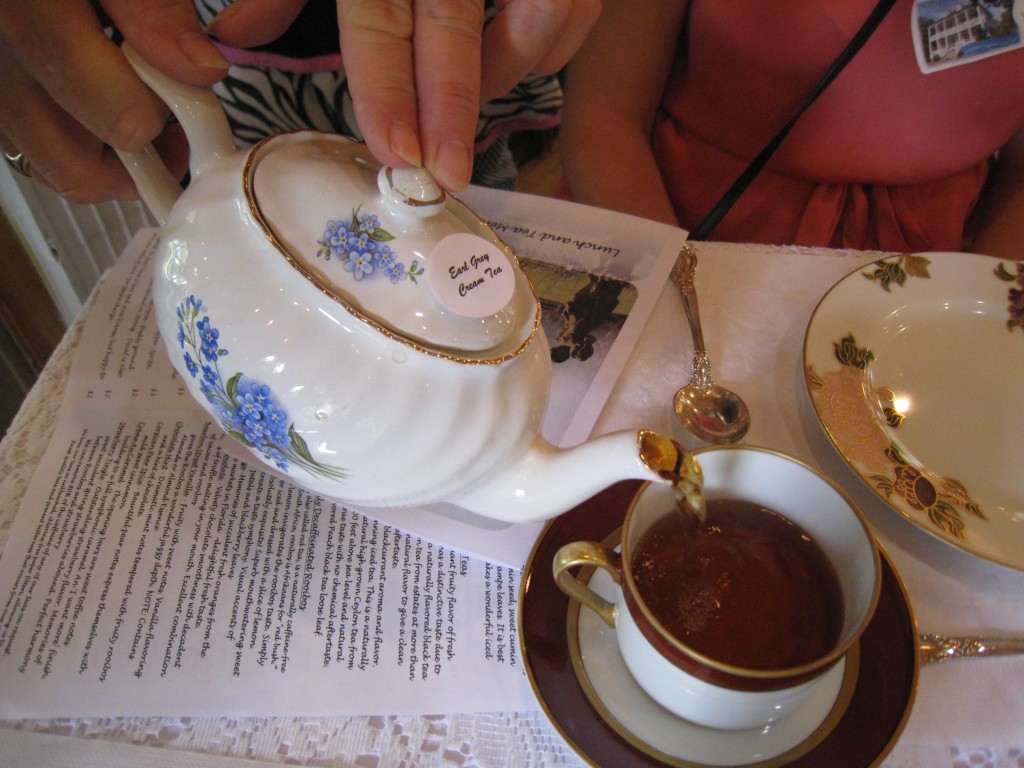Disclosure: In any review for a product or service, products or compensation may have been provided to me to help facilitate my review. All opinions are my own and honest. I am disclosing this in accordance with FTC Guidelines. Please see “Disclose” and "Terms of Use" tabs for more information.
Hamburg is unofficially known as the capital city of tea in Europe as the Port of Hamburg has been the leading European trade centre for tea for many years. The major exporters of tea are India, China, Sri Lanka and Indonesia.
Hamburg, officially known as Free and Hanseatic City of Hamburg, is the second largest city in Germany, and the sixth largest city in the European Union. The port of Hamburg is situated on the river Elbe, being the second largest port in Europe, after the Port of Rotterdam.
Short History of Hamburg
Hamburg’s official name, Free and Hanseatic City of Hamburg (in German: Freie und Hansestadt Hamburg), reflects Hamburg’s history as a member of the medieval Hanseatic League, as a free imperial city of the Holy Roman Empire, and that Hamburg is a city-state and one of the sixteen States of Germany. Before the 1871 Unification of Germany, Hamburg was a fully sovereign state of its own.
The port of Hamburg started as a small harbor which was first mentioned in the 9th century. At that time Hamburg was only a town with 200 inhabitants who practiced long-distance trade. Archbishop Adaldag granted the citizens of Hamburg the right to hold markets in 937.
An important milestone in the Port’s history was in 1321 when the growing city of Hamburg joined the Hanse League. The League was the most important economic federation run according to merchant principles in the Early and High Middle Ages. Hamburg was an exception in this league of cities because its trading activities were not focused to the east or Scandinavia but, due to its geographical position, rather to the west and the North Sea region. By entering the Hense League the city procured itself privileges in England and Flanders and established trading posts in London, Brugges, Amsterdam, in the north of Scandinavia and in the German hinterland.
Trade with America began in 1783 when the “Elise Katharina” was the first Hamburg ship to cross the Atlantic in order to arrive to Charleston and Philadelphia. By 1788 Hamburg Port was already home to 150 ships. In 1799, just 11 years later, this number had increased to 280, making Hamburg one of the fastest developing port cities in Europe.
What we know today as Freeport and the Warehouse City, was built between 1881 and 1888. The Warehouse City remains even to this day the world’s largest single warehouse complex. In 1881, Bismark pressured Hamburg into entering the German Customs Union. The city only retained a small enclave, the Freeport and the Warehouse City. This made possible the long-term storage and customs-free handling of foreign goods. The area remained a freeport until 2003, when the agreement was canceled because of the plans regarding the developing of the new Port City.
Tea Trade in Hamburg
Hamburg is known as the European capital of tea. Two thirds of the tea imported in Germany is handled here. It seems that the first tea which reached Germany came from Holland through Hamburg port and it was in the 1650. It took a long time before tea tradition was established in Germany and it seems it was initially confined to coastal regions.
The champions of tea drinking in Germany are the East Frisians in North West coast who annually consume on average 2,500 grams of tea per capita, compared to the average German consumption of only 220 grams per capita. It seems that tea consumption is on an ascending path in Germany.
Approximately 4,000 tons of tea are stored in warehouses – enough for about two billion cups. Half the import volume comes from India and Sri Lanka; China ranks third and Indonesia fourth. Great Britain and France are among the traditional destinations, while about half the tea is shipped to the United States, after being processed in Hamburg. The Russian market is also becoming an important importer of tea from Hamburg.
Imported teas are also blended and flavored in Hamburg, before being exported worldwide. Tea is bought as a finished product by importers at tea auctions, direct from the plantations, or on the basis of samples. Germany’s tea production is confined to making up the various kinds of tea and packing them in commercial quantities. A good tea taster is vital in this work. He is also responsible for the various kinds of aromatic tea.
Hamburg is the place to visit in Europe if you want to see where the European tea adventure starts. Tea traders, tasters, reviewers, producers, all have a meeting point in the port of Hamburg. Have you ever visited the European capital city of tea?
RiverTea has a life mission to accompany you on your journey to discovering the flavourful universe of teas. Join us before launch and subscribe to our blog – we want to tell you all about tea and healthy living.

















Viist the Spices Museum in Hamburg, you’ll like this.
I love tea.
Gotta schedule a visit soon